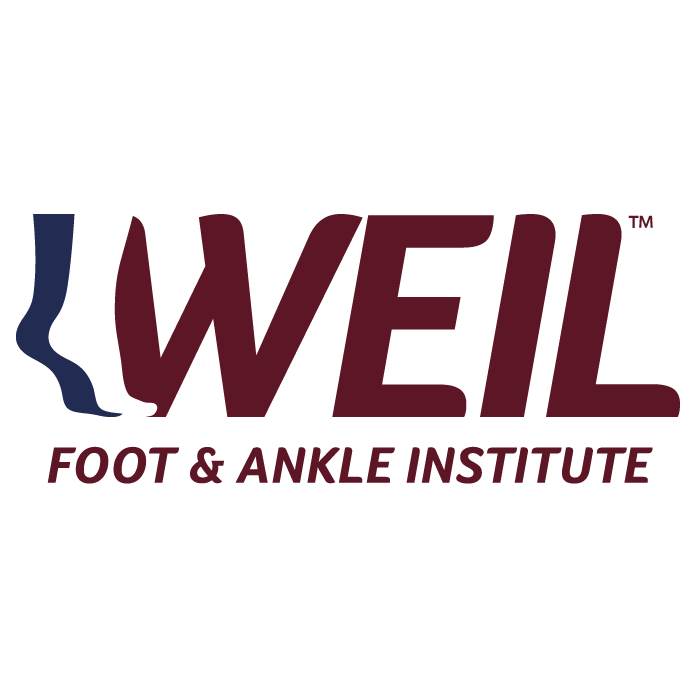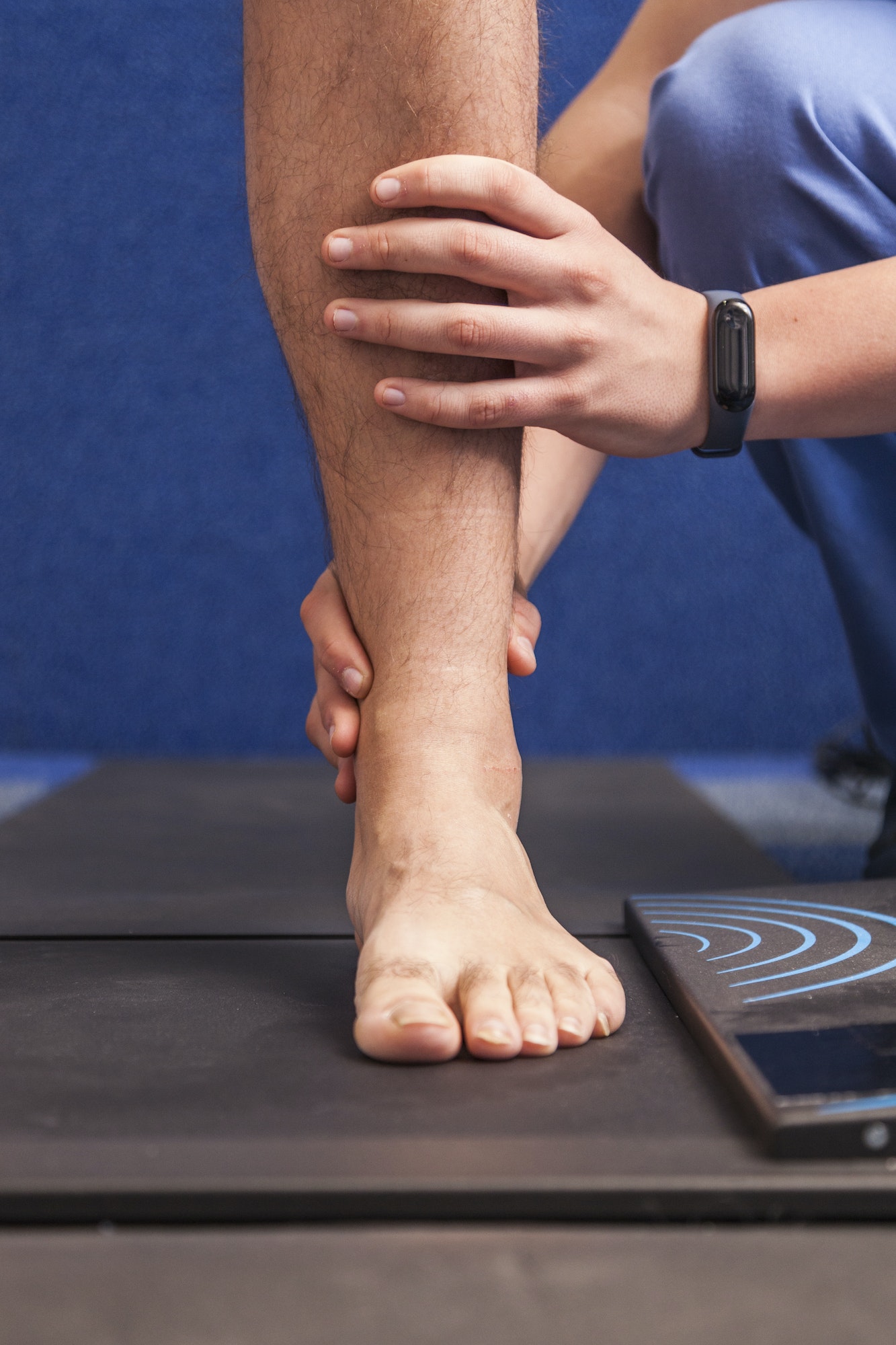Table of Contents
Are you expecting a new addition to your family soon? Whether you or a close friend or family member is pregnant, there are all kinds of changes coming. Whether it be your first, second or third – your body will be going through a lot. Your feet often are the least of your concerns – until something happens. You may realize well into your pregnancy that something in your feet doesn’t feel right. In many cases, the foot problems that can arise during pregnancy are avoidable. Unfortunately, with all the other concerns and planning on the forefront, you may not have given consideration to your feet to avoid issues.
The good news is that no matter the foot condition, there are still options for treatment when you are pregnant. As with any foot condition, treatment sooner is better and more effective. The key is not to wait until it’s gotten so bad that you cannot walk. There are some who experience a myriad of other uncomfortable side effects – nausea, morning sickness, backaches, skin changes – don’t let your feet be another thing added to that list! A few of the most commonly seen conditions that occur around pregnancy (even post-partum) will be covered here. If you have questions or worry that you may have an issue or will have an issue with your feet during pregnancy, a visit to our office can further assist you in the journey to pain-free pregnancy feet. We also have some tips to help you through.
Plantar Fasciitis
Many have heard the term plantar fasciitis before and you may have even experienced it before your pregnancy. The term translates to inflammation of the plantar fascia. The plantar fascia is a ligament on the bottom of the foot that originates from the bottom of the heel bone and spans across the arch of the foot, finally attaching to the ball of foot area. This ligament can experience undue stretching and strain with some activities and also with weight gain – especially weight gain that occurs quickly as happens with pregnancy. There are hormones that elevate during pregnancy resulting in some increased laxity of ligaments, but this doesn’t protect you against developing plantar fasciitis.
When the stretch or strain reaches a tipping point, an inflammatory reaction occurs (usually at the heel). The most classic presentation of plantar fasciitis is pain that is intense and centered at the heel when getting out of bed in the morning. Now not all cases initially present this way, but the reason this is more common is because a pattern of overuse develops over days or weeks and when you sleep and rest the foot, your body begins trying to strengthen or repair this ligament by laying down collagen and scar tissue. When sleeping, our feet are usually in a relaxed, non-standing position, so when you step out of bed, it can take several steps to loosen things back up. You may even be tearing through some of the scar tissue your body created – and that hurts!
Treatment for plantar fasciitis stems from two important components of this condition: function and inflammation. Function refers to the foot being flexible enough to withstand day to day activities as well as having adequate support to reduce the strain on the plantar fascia. Treating the functional component of plantar fascia involves stretching and adding support to the feet. Support comes from both good shoes as well as arch supports. The inflammation part of plantar fasciitis is treated traditionally with icing and anti-inflammatories. During pregnancy, anti-inflammatories can pose a risk to your healthy pregnancy. For this reason, we rely more on icing and sometimes enlist the help of physical therapy where more localized treatment for inflammation can be provided without posing this risk.
Rest may also be a component of your treatment. Depending on where you are at in your pregnancy, sometimes what you need is to take a break. Your body is channeling its powers to optimize the health of your baby. Rest allows your body to do what it needs to do – heal – with as little interruptions as possible. The more you are on your feet, the harder your body has to work to heal your foot.
Stress Fractures
Stress Fractures are another foot condition seen during pregnancy. As with plantar fasciitis, stress fractures result from an increase in weight over a short period of time (among other things). If you are doing as much as you were before you were pregnant and your weight is steadily increasing (a good thing in most cases during pregnancy), the stress on the bones may exceed what they are prepared for. If you decide to increase your activity during pregnancy, this stress on your feet can be potentiated.
Treatment for stress fractures is focused on optimizing nutrition to provide the bones with the minerals and vitamins necessary for healing as well as reducing stress on the bone. You are likely on a multivitamin already, so hopefully your Vitamin D and Calcium are optimized to allow healthy bones. In order to reduce the stress on the bone, rest and reducing activities on your feet are helpful. We also recommend protection in a walking boot for when you are on your feet. The walking boots provide some immobilization, but more importantly they reduce the shock going through the foot. If the boot absorbs the shock with each step you take, the bone doesn’t have to and your body can focus on healing and strengthening the bone again.
A stress fracture doesn’t usually show up on an x-ray – especially at your first visit for the pain you are experiencing. Rather, some changes occur on x-ray as they heal. The reason for this is that a stress fracture is such a fine area of insufficiency that there is no line or crack seen in the bone on x-ray. As the bone heals, there may be a bony reaction that results in a fuzzy appearance around the site of the stress fracture. If a stress fracture is not sufficiently protected or is not treated early, the insufficiency in the bone can crack through completely – resulting in a true fracture. Treating these stress fractures is important to try and avoid this outcome as this is harder to treat and may even result in a need for surgery which cannot be done while you are pregnant and would be difficult to recover from if performed soon after childbirth. You’re going to be busy with that baby, momma!
Stress fractures in the feet most commonly affect the heel bone (calcaneus) or the metatarsal bone (across the middle of the foot). Pain in the heel can be plantar fasciitis but if pain in the heel is stopping you in your tracks or doesn’t improve with stretching, it may be a stress fracture. Stress fractures in the metatarsal bones are often painful on the top of the foot and associated with some swelling and warmth on the top of the foot. Your feet are often swollen at baseline in pregnancy, but the affected foot may appear more swollen and sometimes warmth.
A stress fracture that is treated EARLY and aggressively may improve in a matter of 2-3 weeks. Those which are delayed in treatment can linger for upwards of 2 months. So you can see that getting in sooner rather than later is the best option.
Ingrown toenails can be a problem during pregnancy whether you have had an issue with them before or not. If you are someone that has had the occasional pain from an ingrown toenail, swelling in your feet and the natural loosening of ligaments in the body (that results for some in a bigger shoe size after being pregnant) means that your shoes may steadily fit tighter. More pressure on the corners of the nail from the shoe and from the swelling of the tissue next to it causes pain and may result in a small opening in the skin which can make you more susceptible to developing an infection. Ingrown nails are also best treated early. In some cases, a simple trimming of the nail can relieve the pressure. We recommend shoes with plenty of space in the forefoot.
Treating your feet well involves some recommendations that your OBGYN may have already given you, but there are some extra steps that we recommend.
- Drink plenty of water: Staying well hydrated helps our body to recover from everyday activity as well as exercise. By keeping a water bottle handy and sipping throughout the day, you also help your kidneys to continually offload any extra water or electrolytes. Drinking water helps your body not to retain as much excess water, which means that you will have less overall swelling in your feet.
- Elevate your feet at rest: This also helps to reduce swelling in your feet and toes that can be uncomfortable or result in pain in the toenail borders.
- Compression stockings: These help to control how much fluid is in the feet by providing some pressure on the veins to keep them pushing blood back up into circulation. Consult your OBGYN regarding pressure, as some other systemic conditions may impact how high of a compression is recommended.
- Awesome shoes: Wearing shoes that have enough room and adequate support help to avoid most of the conditions discussed above. Gym shoes are optimal and our office loves Brooks Ghost or Adrenaline, Saucony Ride, New Balance Fresh Foam 1090 and Asics Kayano have great support. If you can wear running shoes, do it! Your feet will thank you. If you have to wear a dressier shoe and find that you have a lot of swelling, sizing up for the pregnancy may be necessary to allow you better comfort. Ecco, Alegria and Clarks are some more casual/work shoes that will be a better bet.
- Think about arch support: Custom orthotic and medical grade inserts make a good pair of shoes even better. Custom orthotics provide correction of foot structure and the optimal amount of support for your feet. They also last longer than any prefabricated insert.
- Stretch: Doing some daily stretching or gentle prenatal yoga helps you to be very aware of your body. You may catch aches and pains earlier with this. In the case of your feet, keeping the muscles from becoming compensatory tight due to the ligaments being more lax can help reduce fatigue and cramping.
- Track your steps: With the focus nowadays being on getting your 10K steps every day, you may feel tempted to push it during pregnancy. Remember again that your body is working super hard to grow a healthy, tiny person. So, you don’t also need to go and train for a marathon and you probably shouldn’t. If you enjoy walking and yoga, be aware if any pain starts to present with these activities. If you are wanting to increase your walking or activity, proceed slowly and cautiously. If you run and let’s say have morning sickness that stops you from doing this for a month or so, start back slow. Increasing walking time a small amount and sticking with this amount for 1-2 weeks allows your bones and soft tissues to slowly adapt to the new demand without overloading it with stress that can lead to plantar fasciitis or stress fractures.
Happy feet help you to have a happy pregnancy. If you have any questions or are experiencing pain that hasn’t gone away within a week, it is more than worth an evaluation. Call for an appointment today!

Meet Weil Foot & Ankle Institute
By: Weil Foot & Ankle Institute, Published: Mar 28th, 2022
Review By: Lauren Doyle DPM – Jan 19th, 2023


